It was our first trip to Meghalaya, one of the seven sister states in northeast India. On our last day, I came to know about Garden of Caves from Mann, who was our guide and driver for the entire trip to Meghalaya. I met him outside the Tourist Information Centre in Shillong. I went to the Information Centre to enquire a few things regarding our trip to Jaintia Hills. When I asked them for a sightseeing cab, the price they quoted was a little above my budget. So I decided to look at the local taxi stand opposite the Tourist Information Centre and talk to the local drivers myself.

That’s when I met Mann. He was a sober and eloquent guy who provided us with some useful information. He helped me to finalise my plan, and I hired him for the next 4 days for our trip to Khasi and Jaintia Hills.
And for the next three days, Mann had already taken us to a few new places that were out of my knowledge. He showed us Kynrem Falls, where it plunges into a pool; he drove us through the beautiful Border Road from Mawlynong to Dawki, where we had seen two amazing unnamed waterfalls.
I said to Mann, “You must take us through the garden.”

I was not aware of the “Garden of Caves” in Meghalaya. Although I did quite a research months before finalising but yet I hadn’t seen “Garden of Caves”, or “Bri Ki Synrang” as called by locals, anywhere on the internet.
After driving for around 30 minutes with breathtaking vistas along the road since we detoured from Cherrapunjee – Shillong road, finally, Mann left the main road and went ahead for a km on the muddy road to reach a small meadow. And he stopped the car there and told us to get down from the car.
We saw a small log hut covered with a tin shed with the smallest window in front. That was the ticket counter. After submitting the entry fee, Mann led us towards a staircase made of wooden log and sandbag.
There was a small board right at the beginning where a white paper was stuck with the name of the place handwritten on it – “Bri Ki Synrang”.

The locals believe that Khasi Chief U Tirot Sing Syiem used to hide in these caves during the Anglo-Khasi war from 1829 to 1833 before being finally captured by British East India Company Army and deported to Dhaka in the present Bangladesh.
Anglo-Khasi War was an important event in the history of North-East India. The war was fought due to a land conflict between Khasi people and the East India Company trying to build a road between Guwahati and Sylhet through the Khasi Hills.
U Tirot Sing, the chief (Syiem) of Nongkhlaw, fought this war right from the front. But soon, he realised that it was impossible to withstand the modern weaponry of the East India Company Army with swords, shields, bows and arrows. So he started a guerilla war against the Company that lasted for 4 years. During this guerilla war, the King used to hide in East Khasi Hills’s intricate and natural cave system.

After going down for 10-15 stairs, we saw three men busy cutting a fallen tree trunk. Mann told them something in the local language, and they greeted us with a warm smile. And we smiled back.
We went further down, and now I could hear the gushing sound of the water stream. This time, another board was hanging from a tree trunk beside the stairs, indicating the name of a waterfall – “Arsdad Falls”.
Going a little further down, we could get the first view of the falls sneaking through the layers of trees. Finally, when we reached near the pool where Arsdad Falls was plunging in, we instantly fell in love with the place.

The white water cascades were falling from 15 ft height from a rocky outcrop into a mini-pool, and then it flowed on its way, nonchalant as if nothing had happened. The water stream was ankle-deep, and the bed looked dusky red filled with gravels.
We got down to the pool; the water was crystal clear and cold. We stood there for a few minutes. The dense forest, the velvety layer of moss over the rocks, the gigantic fern trees and the floating mist surrounding us created a magical ambience seemingly from another world.
Apart from the burbling sound of the water stream, we could only hear the constant chirping of the crickets and the occasional call of an unknown bird. The musty aroma of the wet rocks and the moss and the moist trees were filling up the air around us.
We just sat there on a large boulder for 30 minutes, maybe until Mann told us to hurry up because we had to catch a flight in the evening from Guwahati.
So, I took a few snaps of the place quickly to frame it in pictures that were nothing compared to what we saw and felt standing at that place.

Then we went to the other places like the Riat Umlwai Falls, the King’s cave (Ka Synrang Syiem), the heart-shaped rock and the warrior rocks.
The Riat Umlwai Falls was a thin curtain of white water dancing over a series of stacked up large flat stones covered with green moss. Then the stream flows through a natural gutter which we crossed by a bamboo bridge. The Sum Syiem Waterfall inside the King Cave was not visible apart from a faint trickle of water through a roof hole. The best time to see that falls must be in mid-monsoon.
Finally, spending around one and a half hours exploring the park and crossing a few bamboo bridges here and there, we went up to the parking lot where our car was. I was literally striving for a cup of tea or a plate of momo or Maggi (whatever available) at that moment as an excuse to spend few more minutes there, but there was no shop nearby. So, we boarded in our Maruti 800 and off we went towards Shillong.

Thank God, we listened to “मन की बात” (Translation: “what Mann said”) every time during our entire trip. Or else how could I know that a dreamy place like this even exists in East Khasi Hills.
How to reach “Garden of Caves” in Meghalaya
This park is approx 50 km from Shillong, the capital of Meghalaya. One has to take a turn from Laitryngew, which is en route to Cherrapunjee from Shillong. The park is near Laitmawsiang village, about 10 km from Laitryngew.
You can hire a cab to visit the place. Or else you can go there on a half-day trip en route to Cherrapunjee.
The nearest airport is Shillong, but there are not many flights that operate from Shillong. So it’s better to fly to Guwahati and take a cab from there to reach Shillong. The nearest major railway station is also Guwahati that is connected to all other major cities in India.

Where to stay
At present, there is no hotel or accommodation available near Garden of Caves. You need 2 hours maximum to explore this place. So you can easily cover it on your way to Cherrapunjee, which is a well-known tourist destination.
Best time to Visit
You can visit this place throughout the year. But as the waterfalls are all rain-fed, the best time to go there is during the monsoon (July to September) when the water cascades are lively, and the forest is covered with mist like a wonderland.
Entry Time: 8 am – 5:30 pm (All Days)
Entry Fee: ₹20 per adult
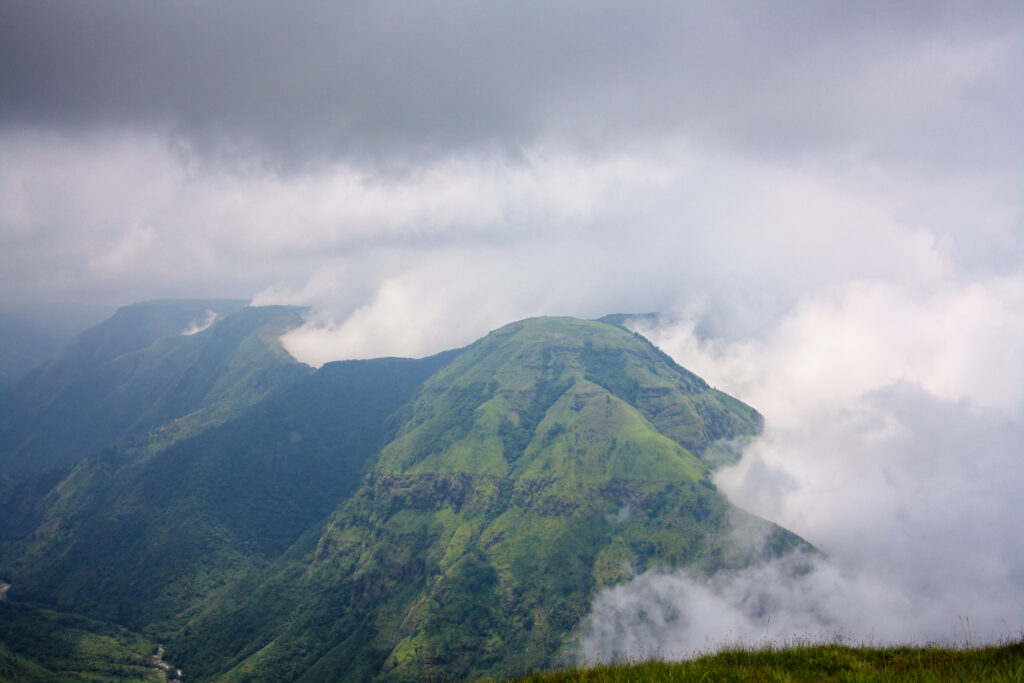
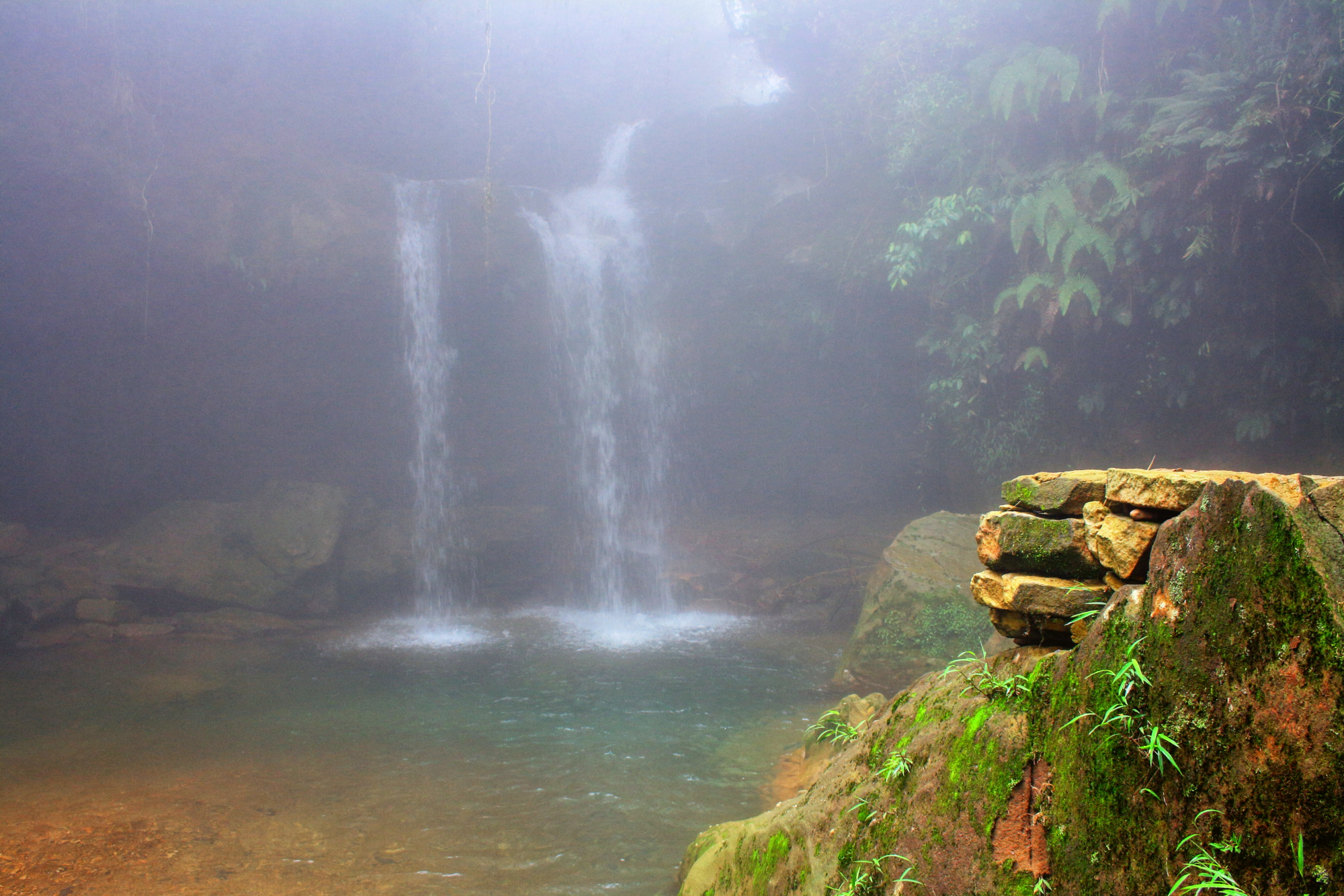

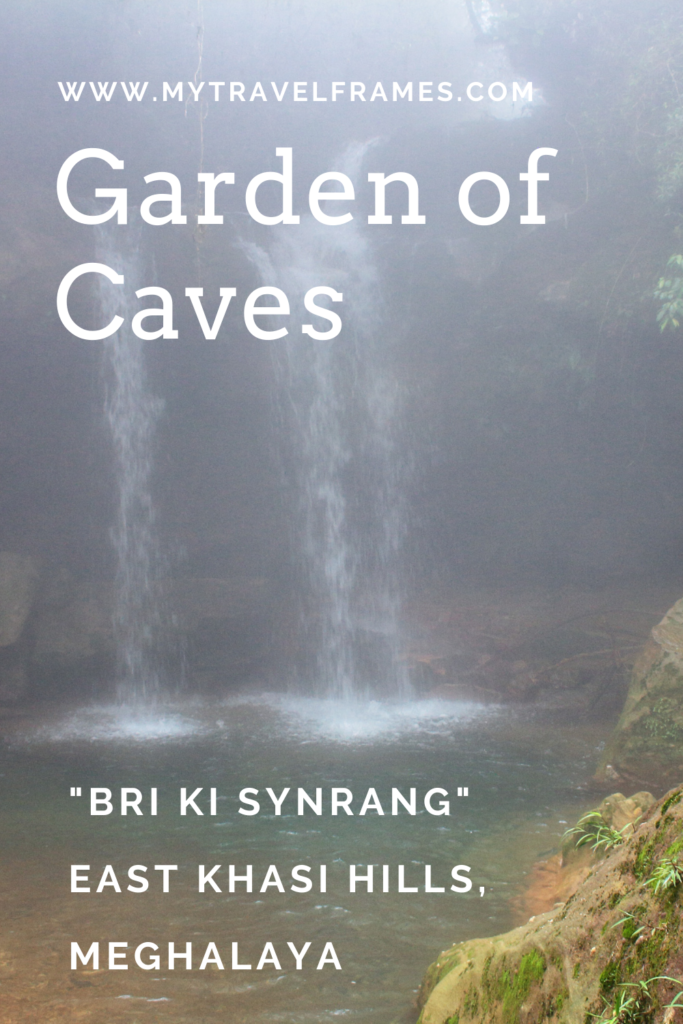
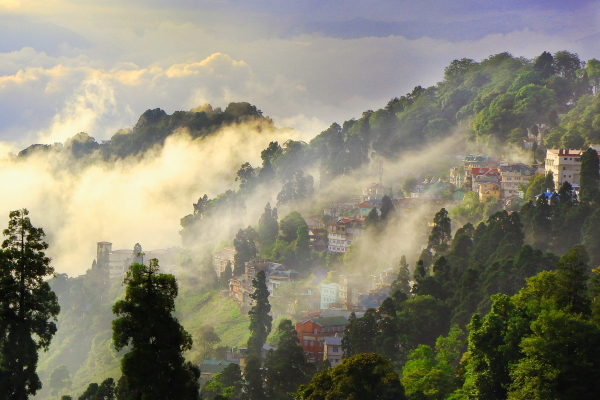
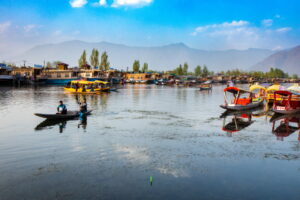
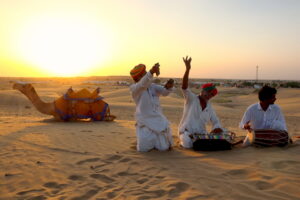
This is a very detailed description of your journey. Read my website as well, http://www.rahystraveldiaries.com
Thank you